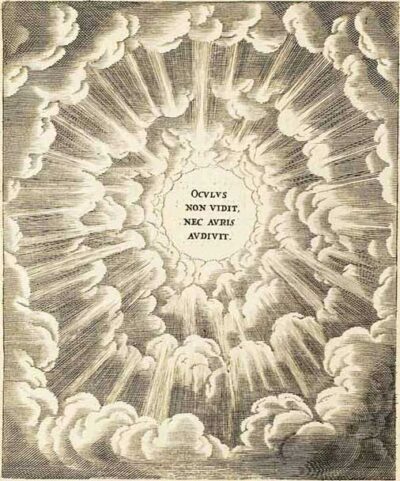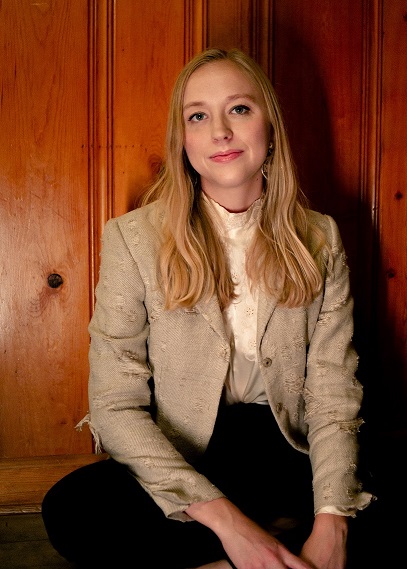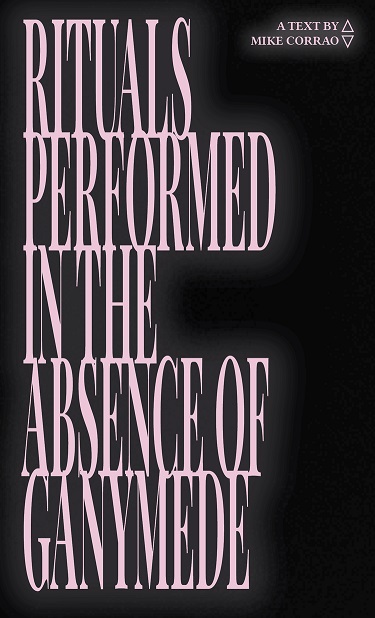Mike Corrao
Rituals Performed in the Absence of Ganymede
11:11 Press, 2021
Paperback, 150 pgs
“The text forms. First from nothing.”
Absence offers us a space of lack. This space rarely stays static because our feeling, our activity, transforms it. The more we consider the lack—what it is, why it is, where we tend to notice it—the more symbolic it becomes. We can cope with it—“this landscape”—by way of grief, obsession, accumulation, meditation. As we cope, we pull it into a sort of presence, manipulating its force into being.
So begins Mike Corrao’s Rituals Performed in the Absence of Ganymede, a text rendering the force of absence a catalyst of ceaseless—and, as Joyelle McSweeney notes in her introduction to the text, incomplete—ritual: one of reformation, mutation, failure, decay and rebirth. As much as the text implicates and compels its reader—by way of direct address, quasi-stage-directions and head-turning design—I find myself most bewildered by the sparsely-defined terrain containing each ritual, each corporeal transformation. The terrain reflects the motivating lack: Ganymede, a god, is gone (but where?).

Engraving by Otto van Veen
The non-site of Corrao’s Rituals is like the too-white void of cinematic dreamscapes. Here, all attention is placed on the body, the non-site’s implicit command. By directing the reader’s attention to the speaker’s body—as well as their body, an active figure in the text, “the personhood of the subject (you and I both)” becomes nearly scenic. Still, almost anything can enter the rituals’ scenes: “a body of organs, a horde of children, a collapse of horses.” These lists appear in columns, introduced by displaced headers such as “A spectral landscape forming in the periph-/eries of your vision.” The form of such lists emphasize accumulation in space rather than stable architecture or sustaining shape. Places like hotels and theaters enter in and out of the text as fluidly as “honey and salt.” Corrao writes: “I will nourish my body with the images of an unknown landscape.”
Like a god giving the cold shoulder, Ganymede incites a restless devotion from Rituals’ speaker. Here, devotion manifests in cyclical consumption and abjection, accumulation and collapse, rhizomic mutation—of “dream residue,” “each metal face,” “moss film.” These are rituals in medias res:
I don’t know what to make of myself, I see, I repent, I perform the séance, I birth the object[…] and then there is nothing, I give birth to the greater landscape, I die, I return, […] something wants to come out of me, something abstract, a string of words, but I don’t know what they’re supposed to look or feel like, what they’re supposed to encapsulate. I am compelled to continue.
Each accumulation ends in collapse—but these moments of collapse catalyze new modes of continuation. The body, in active and complex devotion, becomes the scene for Ganymede’s return. Corrao writes, “The utterance of his name is painful, but you cannot place why. Whether it is suspicion or desire.” With body reduced to “object”—by suspicion or desire, both forms of devotion—Corrao’s you takes the shape of an “effigy, burning in regard to something you are not exactly sure of.”
The text of Corrao’s Rituals Performed in the Absence of Ganymede, its “tome of re-assembling,” reflects Ganymede’s command. Embodying apophatic theology, the speaker is compelled by Ganymede’s absence, by “nothing,” restlessly propelling themself into new rituals and new modes of being. Here, against conclusion, Corrao transcends the form of the book itself. He writes: “I continue. Into a place that you thought I could not.”

About the Author
AM Ringwalt is a writer and musician. The author of The Wheel (Spuyten Duyvil), her work appears in Music & Literature, Jacket2, Black Warrior Review and Bennington Review. Waiting Song, her most recent record, was described as “ghostly” by American Songwriter.
